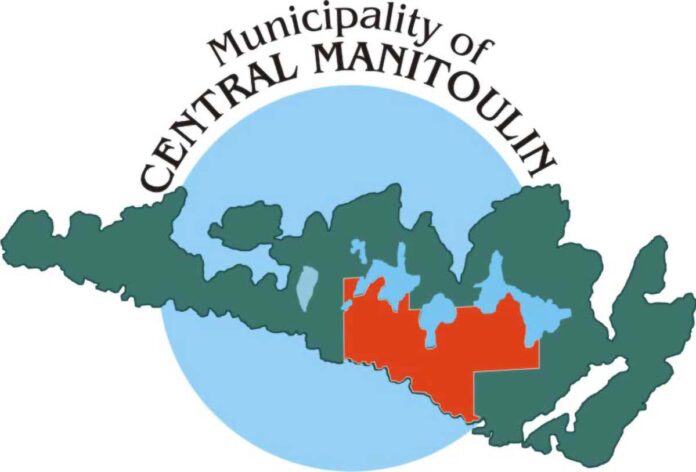SUDBURY—All local health system partners are being advised of a drug alert with medetomidine/dexmedetomidine confirmed in Ontario. This non-opioid tranquilizer is used for animals and humans for sedation and pain relief. They are more potent than xylazine and have sedative, analgesic, anxiolysic and muscle relaxant properties.
“This advisory alert contains important information about the toxic drug supply in Ontario,” a Public Health Sudbury and Districts (PHSD) press release dated February 9 states. “Recently, the City of Belleville declared a state of emergency related to an increase in overdoses. In addition, the Toronto Drug Checking Service detected a new drug-medetomidine and dexmedetomidine in its unregulated supply.”
“In terms of urgent actions, we request that you share this information about current risks of drug toxicity widely,” the PHSD release said. “Specifically, we ask that you share messages regarding the risks of substance use, that anyone using any unregulated substance should have immediate access to naloxone, encourage people to not use drugs alone, and encourage people who use drugs to access a supervised setting such as a supervised consumption site, where available.”
Medetomidine is approved for veterinary use in both large and small animals. Another form of the drug is dextro-isomer dexmedetomidine (Dexdor, Precedes), which is approved for human use in Canada. The compound belongs to the class of two-adrenoceptor agonists, which also includes xylaxine, romifidine and detomidine. Effects of medetomidine/dexmedetomidine last for approximately 30 to 60 minutes and up to 90 minutes, PHSD explained.
PHSD reported, “Locally, although we cannot confirm the substance, we continue to receive ongoing reports from frontline workers regarding unexpected reactions from the use of toxic substances such as increased and prolonged sedation, need for additional naloxone administration in the event of an overdose, increased number of suspected overdoses, changes in mood (fear and delusions noted).”
Adverse attacks include acute harms associated with medetomidine/dexmedetomidine including a deep state of unconsciousness, cardiac and circulatory system depression, respiratory depression, dry mouth, dilated pupils, hypothermia, spontaneous muscle contractions (twitching), low heart rate, initial hypertension, followed by prolonged hypotension, the PHSD reports.
“The risk of extreme drowsiness and sedation is increased when medetomidine and dexmedetomidine are used in combination with high-potency opioids, benzodiazepine-related drugs and xylazine. This is noteworthy because 100 percent of the samples checked by Toronto’s Drug Checking Service that contained medetomidine/dexmedetomidine contained at least one high-potency opioid. Many of these samples also contained a benezodiazepine-related drug or xylazine. Some are suggesting medetomidine/dexmedetomidine is being added to unregulated fentanyl to mimic or enhance the sedative and euphoric effect of the opioid a person is using,” the press release continues.
“Please note that given the toxic drug supply, additional doses of naloxone may be required in the event of an overdose. Naloxone will help reverse an opioid poisoning. In an opioid overdose situation, medetomidine/dexmedetomidine may be present and contribute to the overdose. Naloxone may improve breathing, but the affected individual may not regain consciousness due to sedation. We encourage those that distribute naloxone to provide multiple kits and education on administration,” continued PHSD. “Oxygen is often indicated in community health settings as a comprehensive overdose response, specifically when benzodiazepine-related drugs and/or xylazine are present and overdoses are therefore only partially reversed with naloxone.”
“This continued situation serves as an important reminder to the community that street drugs, including stimulants, may be cut or mixed with substances such as benzos (benzodiazepines), medetomidine/dexmedetomidine, fentanyl, or carfentanil that may result in unexpected reactions in addition to drug poisonings (overdose). Drug poisoning (overdose) occurs when a person uses a substance, and their body is unable to handle the effects. As a result, the brain is unable to control basic life functions. The person might pass out, stop breathing, or experience a seizure. Overdoses can be both fatal and non-fatal,” the PHSD release said.





